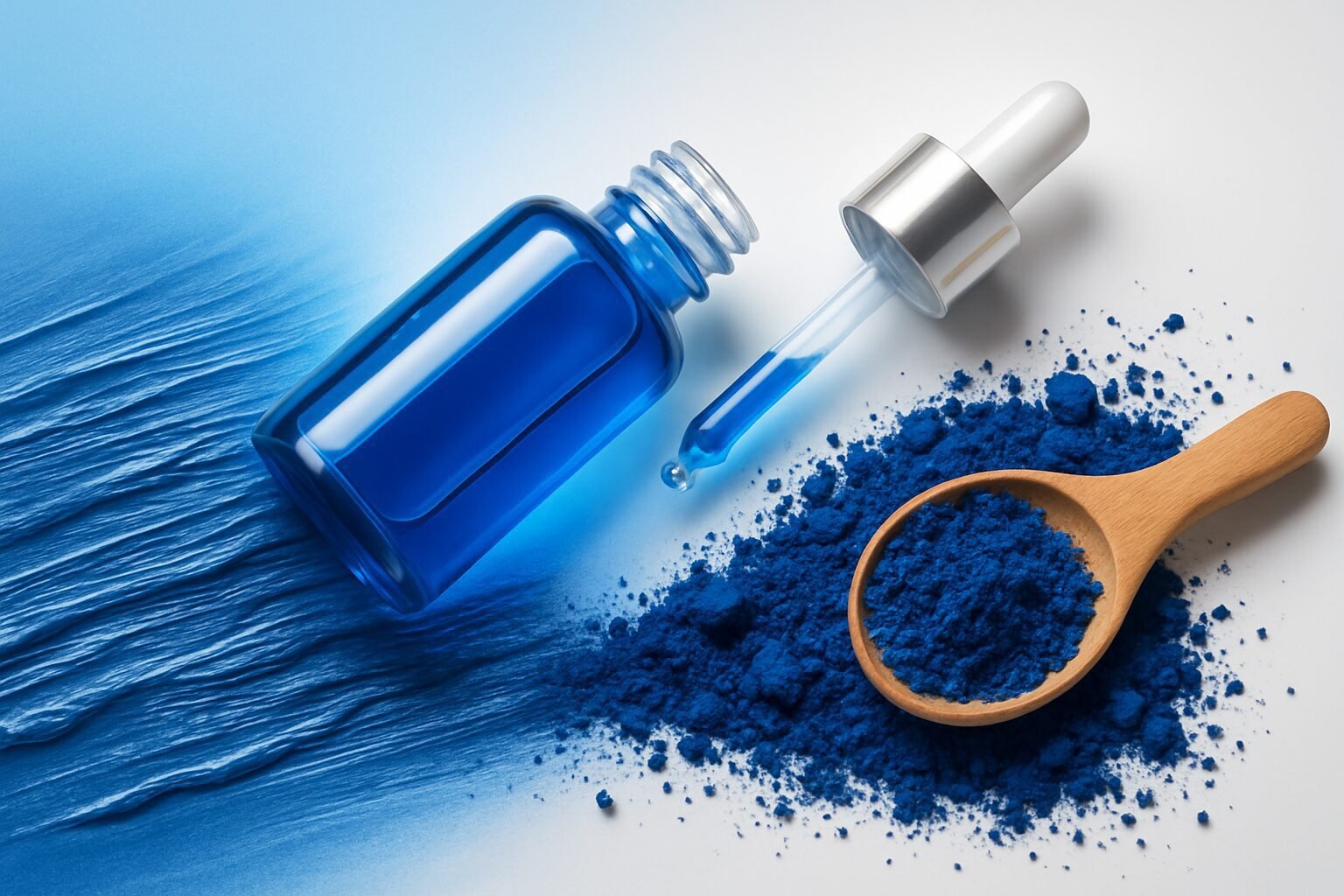Dimethicone has long been valued for its silky skin feel and barrier-forming properties. Nevertheless, increasing demand for clean, sustainable, and biodegradable options has encouraged chemists to explore alternatives. In this article, we examine the science behind dimethicone, the rise of substitutes, formulation strategies, and key research findings. Consequently, cosmetic chemists will gain practical insights for designing high-performance, silicone-free products.
Why Dimethicone Became a Benchmark
Dimethicone is a silicone polymer that delivers spreadability, smooth texture, and water resistance. Because of these properties, it is widely used in creams, lotions, hair conditioners, and sunscreens. Moreover, it provides excellent occlusivity without heaviness, which explains its popularity across both mass and premium products (PubChem). However, despite its benefits, environmental concerns and “silicone-free” marketing trends are now shifting demand toward alternatives.
Challenges with Dimethicone
Although dimethicone is considered safe and non-irritant, it raises several concerns. For instance, it is not biodegradable, leading to questions about its environmental fate. In addition, certain consumers perceive silicones as occlusive or “unnatural.” As a result, brands face pressure to reformulate while still matching the sensory performance that consumers expect. Consequently, chemists must evaluate natural and synthetic replacements that balance sustainability and functionality.
Types of Dimethicone Alternatives
There are multiple pathways for replacing dimethicone. More importantly, each alternative must replicate spreadability, barrier function, or shine while fitting green chemistry principles.
- Plant-Derived Esters: Such as coco-caprylate/caprate, which deliver light emollience and rapid absorption (INCI Decoder).
- Biobased Hydrocarbons: Including squalane from sugarcane fermentation, providing silky slip and stability.
- Alkyl Glucosides: Natural surfactant-emollient hybrids that improve sensory feel in emulsions.
- Hemisqualane: A low-viscosity emollient mimicking volatile silicones, suitable for haircare and serums (2020 Review).
- Crosslinked Biopolymers: Modified starches and alginates that create lightweight films and boost spreadability.
Formulation Considerations
When substituting dimethicone, chemists must consider viscosity, volatility, and sensorial effects. For instance, hemisqualane works best in serums, while coco-caprylate excels in emulsions. Furthermore, layering esters with natural butters can mimic dimethicone’s cushion. In addition, encapsulation technologies now allow controlled release of natural emollients, improving longevity. Therefore, selection must align with both product format and consumer expectations.
Sustainability and Biodegradability
One of the strongest drivers for dimethicone alternatives is biodegradability. Plant-based esters and fermented hydrocarbons degrade more rapidly in the environment, aligning with eco-certification standards. Moreover, brands increasingly use biodegradability testing as part of marketing claims. As a result, chemists benefit from choosing actives that not only perform well but also meet sustainability audits (CosmeticsDesign, 2022).
Performance Testing
Replacing dimethicone is not only about sustainability but also about ensuring performance. Consequently, sensory panels, rheology testing, and TEWL studies are essential. For instance, coco-caprylate often outperforms dimethicone in spreadability, while hemisqualane closely replicates its lightweight slip. In contrast, certain polysaccharides provide film-forming benefits but may lack the same luxurious touch. Therefore, chemists often design blends of multiple alternatives to achieve balance.
Market Trends and Consumer Demand
Consumers increasingly search for “silicone-free” on product labels. As a result, brands highlight natural alternatives as part of their clean beauty narratives. Furthermore, many global brands are investing in biotechnological production of hydrocarbons and esters, ensuring both scalability and traceability. In summary, dimethicone alternatives are not only technical solutions but also powerful storytelling tools.
Future Directions
Innovation continues with hybrid molecules that merge ester performance with silicone-like volatility. In addition, encapsulation in natural polysaccharide shells allows smoother application without greasiness. Moreover, fermentation-based hemisqualane is expanding into haircare, sunscreen, and even color cosmetics. Consequently, the landscape of dimethicone alternatives will keep expanding as demand grows for sustainable luxury textures.
Explore Alternatives in Your Formulations
Grand Ingredients offers plant-based emollients, fermented hydrocarbons, and encapsulated delivery systems that perform as effective dimethicone replacements. You can explore our Active Ingredients






